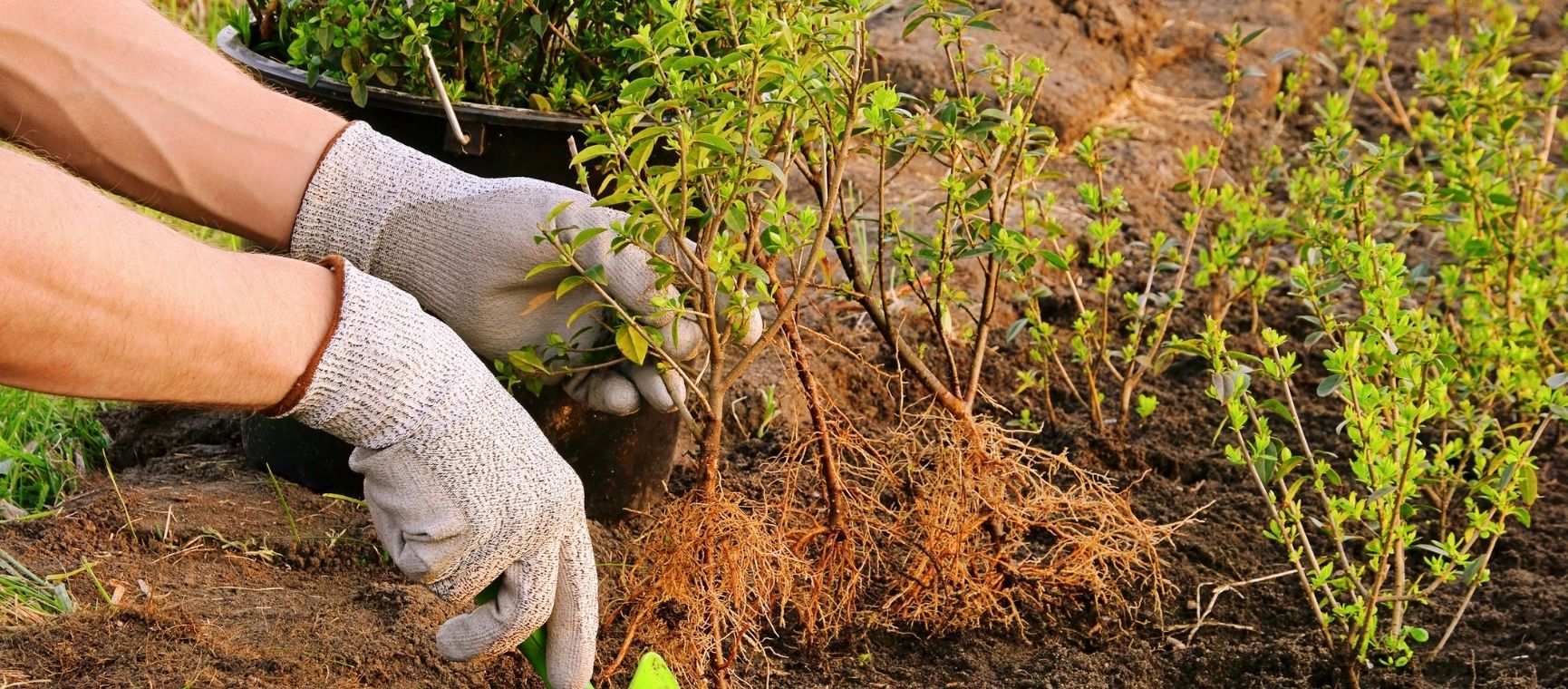
Bare-root plants are a popular choice for planting roses, trees and hedging.
In essence they are dormant plants sold without soil around their roots, making them economical to post. The grower lifts them in autumn, once they lose their leaves and as the plants don't suffer any stress, they begin to grow straight away in spring. They root quickly into the ground.
The best time to plant bare-root roses, trees and hedging is from November to March, so now is the perfect time to invest in some new plants and get them in the ground.
If you buy a container-grown plant now, keep it in a sheltered position away from heavy rain, before planting in the spring.
The months between November and March are perfect for bare-root planting, because most deciduous, woody plants are dormant.

1. I have not found mycorrhizal fungi makes any difference, although some have replanted roses into their gardens into the same position with success. So it may cure this problem.
2. Trees will need a stake and tie and these are best ordered from the nursery, one for each tree. You may also need rabbit guards.
3. Do not plant if the soil is too wet and cold. If the weather’s against you, unpack them and either make a slit trench with your spade, in a sheltered place, or store your plants in a frost-free place. The roots must be kept damp and cool.
4. Plant as soon as the weather improves. Add organic matter on lighter soils, such as well-rotted compost, but not manure as it can scorch the roots. Sprinkle Growmore or bonemeal into the hole to encourage good roots, back fill, firm with your feet and water well.

Most roses are grafted onto a root stock and the bumpy union graft is visible just above the roots. Modern root stocks tend not to sucker, although old ones did, so modern thinking recommends burying the rootstock two to three inches (up to 7cm) below the soil surface. This anchors the rose and prevents it from suffering from wind rock.
Cut the rose back hard after planting, again to discourage wind rock, and to encourage new growth from the base. This creates a better shape.
If the roots are difficult to cover and overlong, they can be trimmed back so that they lie in the hole well.

Lots of varieties of fruit are available as bare-root specimens, although in small numbers.
Grafts on fruit trees are up to six inches above the roots and the graft needs to be above the ground to prevent suckering.
You will also need to stake and tie young trees.
Use a specialist nursery and always plant more than one apple or pear variety so that cross pollination occurs. Different varieties flower at different times and they are put into four pollination groups. Check that your varieties are in the same group. A crab apple will also pollinate your fruit trees.
Varieties of top fruit (eg apples and pears) vary and some are localised and only do well in certain areas. Ask advice when choosing because pears, for instance, prefer warmer locations. They struggle in my garden.

Research hedges carefully because some are far more labour intensive than others. Cherry laurel for instance, Prunus lusitanica, will need three trims per year at least. Beech (Fagus sylvatica) needs one and hornbeam (Carpinus betulus) can also cope with one. However they enjoy very different conditions. Hornbeam copes well in damp soil. Beech prefers drier conditions.
Buckingham Nurseries have an excellent website and they also have mature display hedges on their nursery. These experts will also offer advice.
Native hedging, such as hawthorn (Crataegus monogyna) attracts wildlife in droves, so a native hedge full of edible sloes, haws and berries is very wildlife friendly.
Thinking of Yew (Taxus baccata), but afraid that this is too slow? Think again, for within ten years you’ll have a hedge. Prepare the soil well, space at the desired 15-25cm (up to 9 inches) and then feed during every growing season. Do not take the top out until the desired height is reached, just trim the sides.
Val Bourne is a gardening expert and journalist who writes for The Daily Telegraph, Saga Magazine and many others. Val has been awarded the Garden Media Journalist of the Year and Columnist of the Year.
She is also the author of many books, including The Living Jigsaw, The Ten-Minute Gardener. Val also judges the perennial and dahlia trials at RHS Wisley.
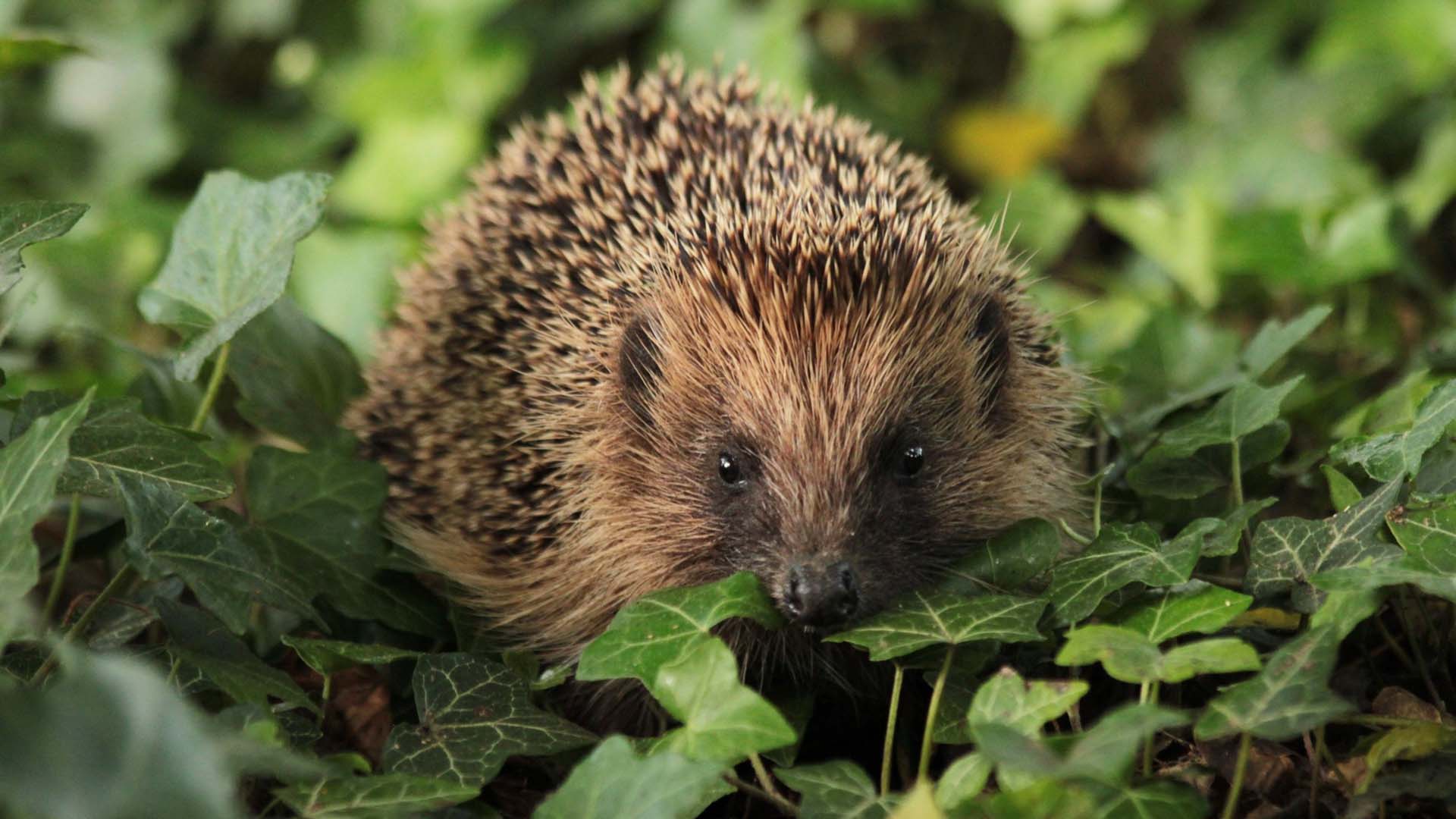
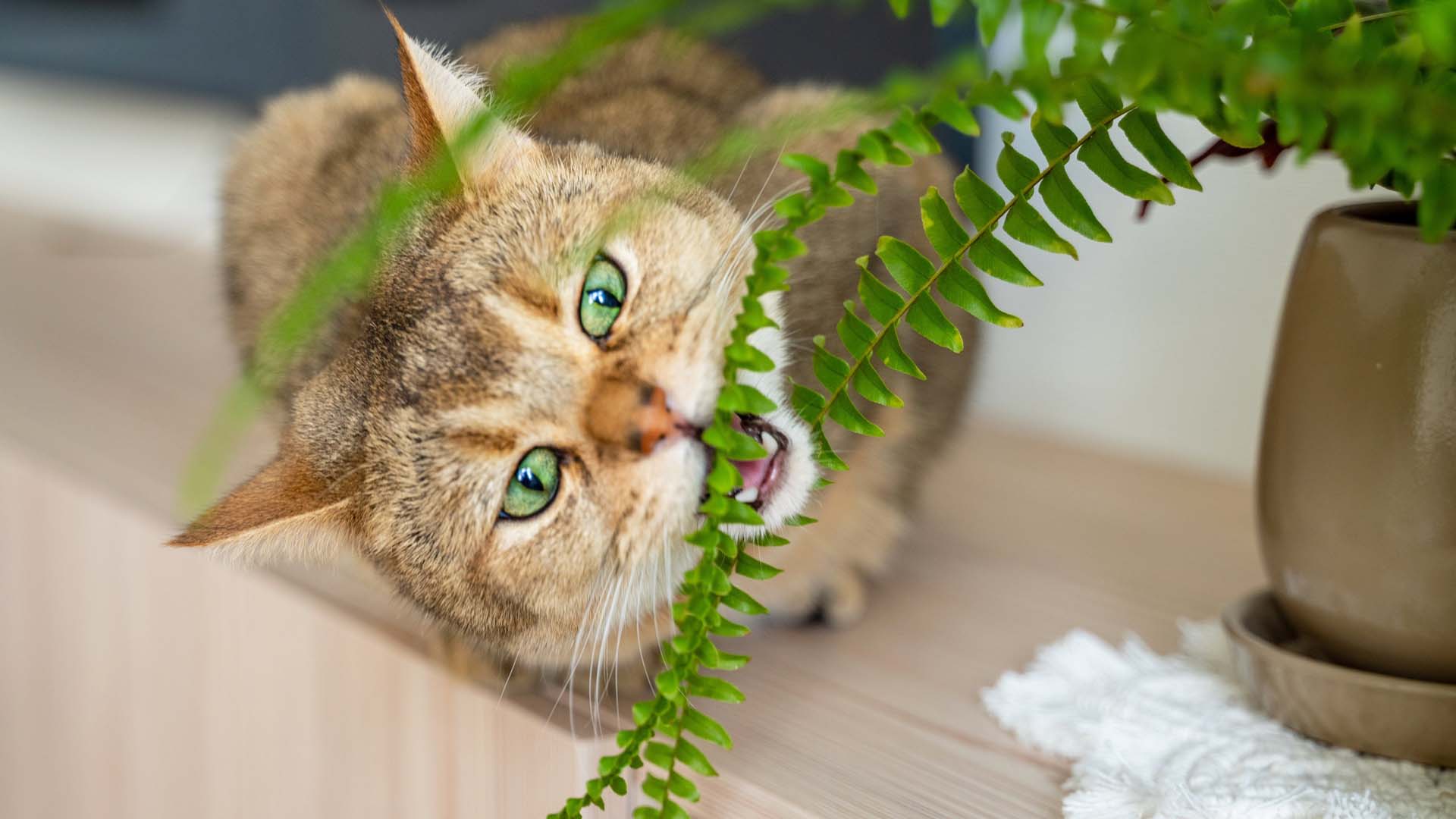
Pots at the ready – these safe houseplants for pets will help your house become tropical, not toxic.
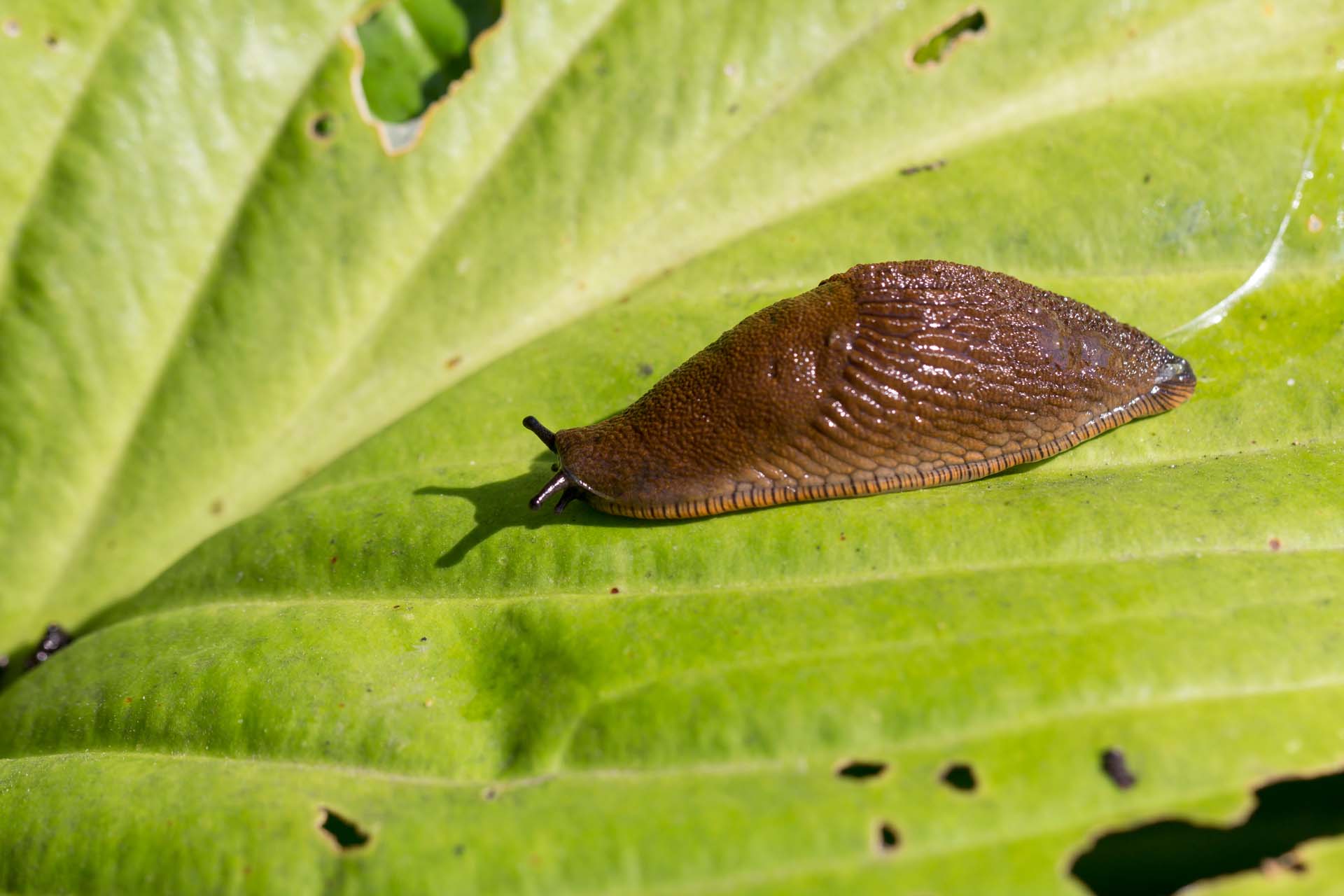

We aren’t the only ones to welcome warmer weather, wasps do too and they could be sharing your home. Find out how to identify a wasp nest and what to do about it
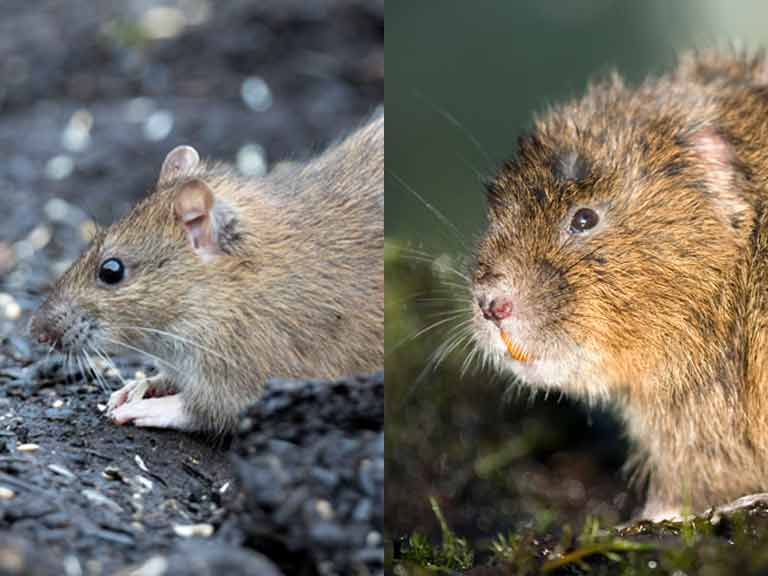
If you've seen a large brown rodent in your garden or swimming in your pond you might be wondering what it is. Wildlife expert David Chapman explains how to tell a water vole from a rat

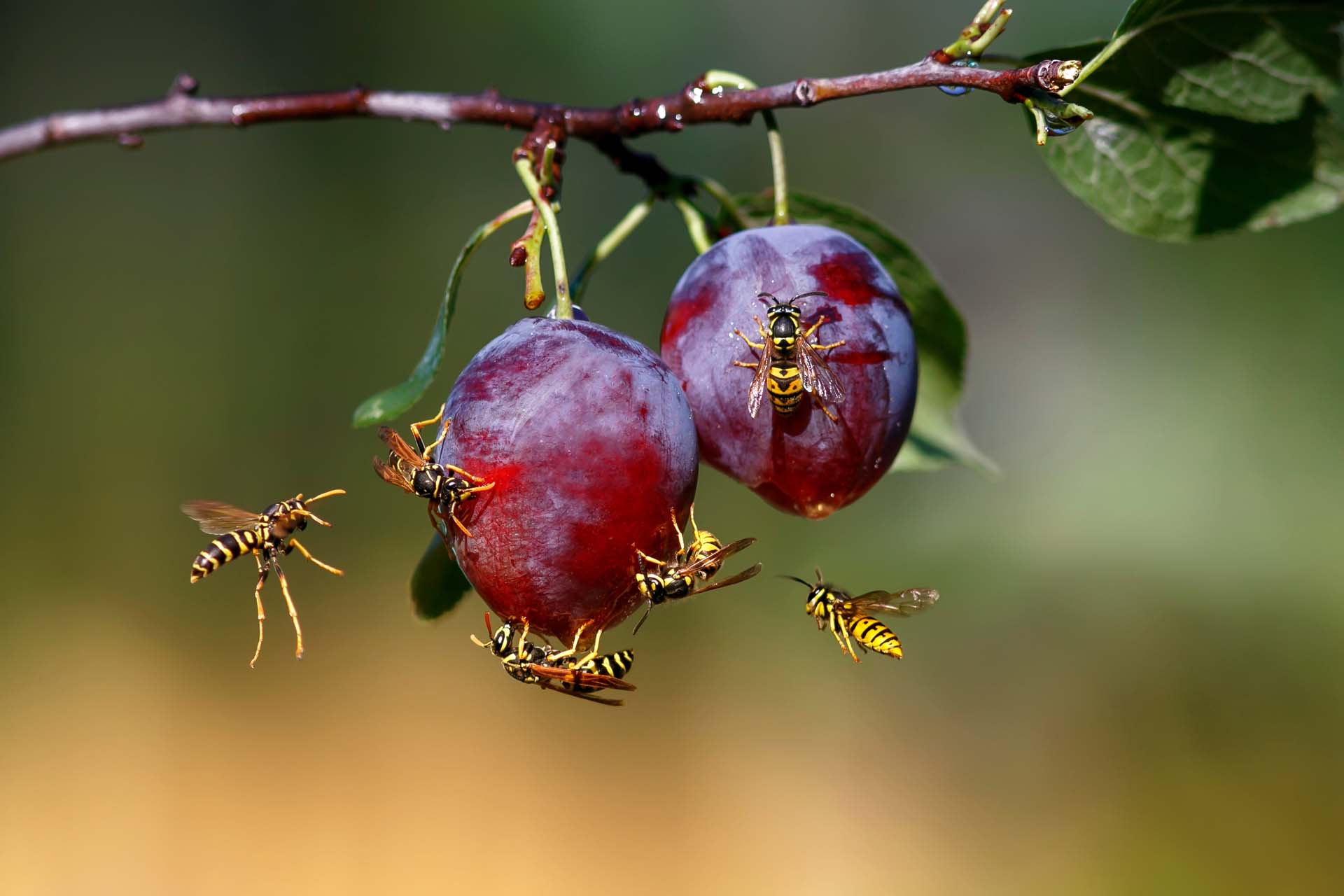
Blighted by buzzing? How to keep wasps out of your garden without harming them so you can enjoy the summer.
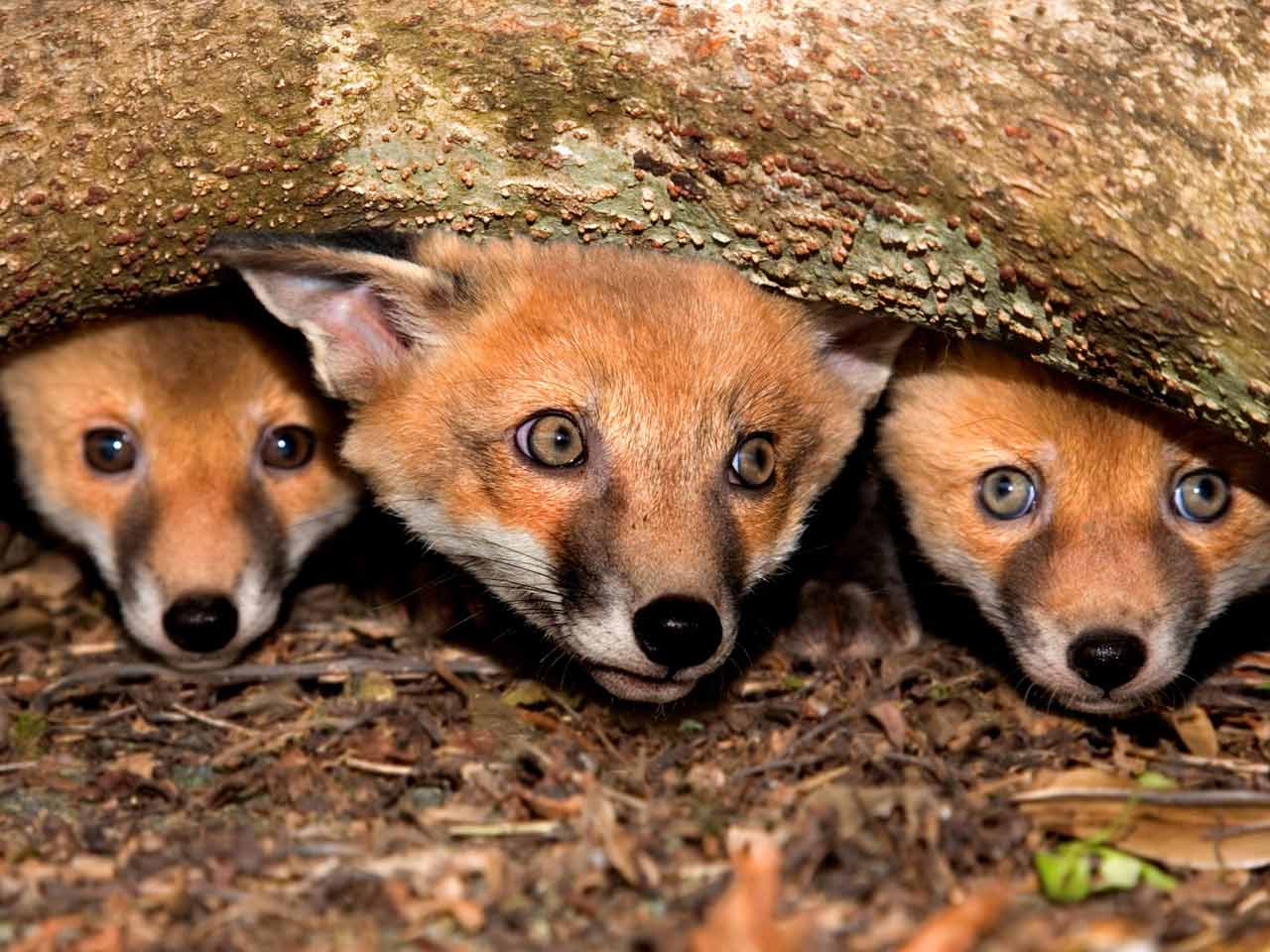
Many of us are living with foxes in our gardens - wildlife expert David Chapman explains what to feed them, how to spot illness and whether you can keep them away.
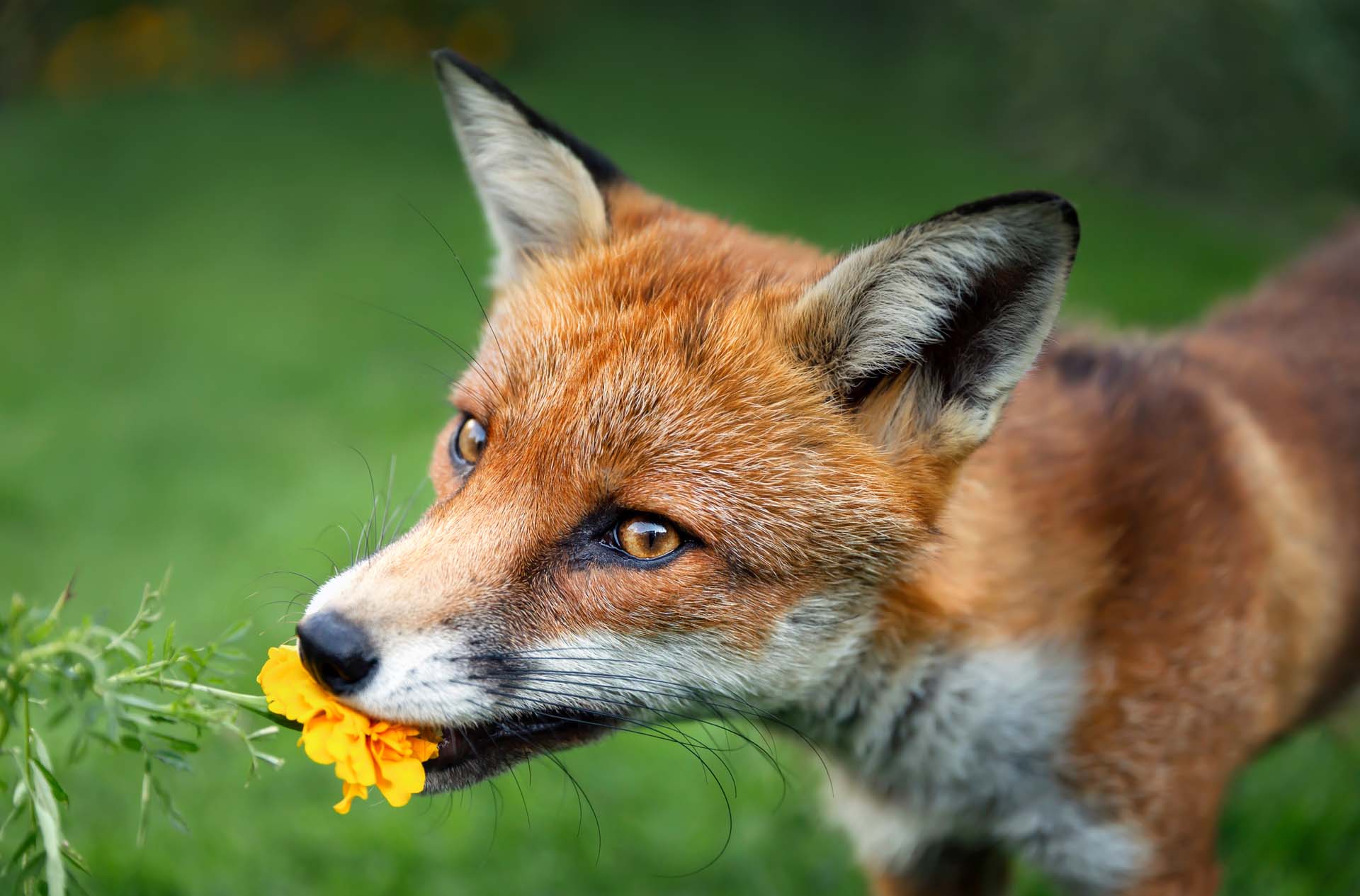
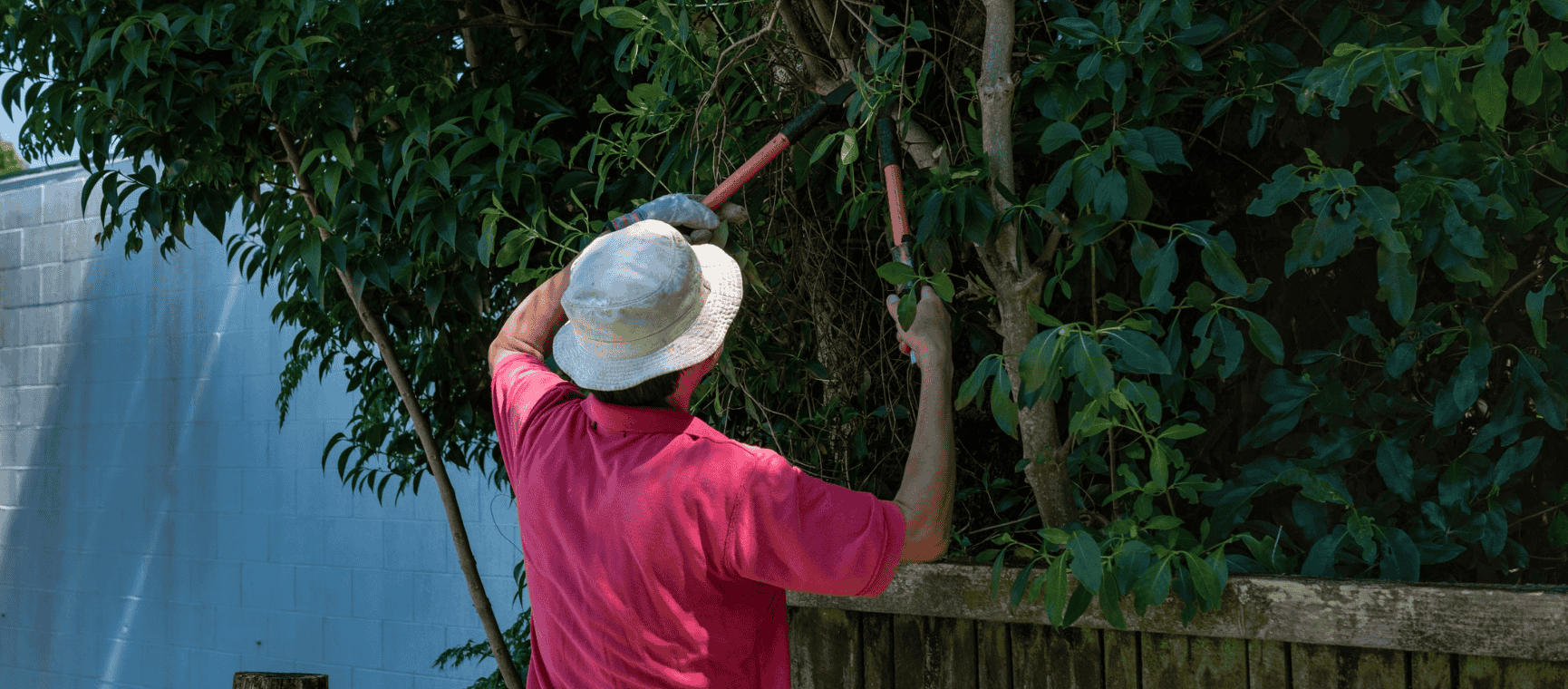
The ways you could be breaking the law in your back garden - with expert advice on how to avoid neighbour disputes, a fine or even a prosecution.